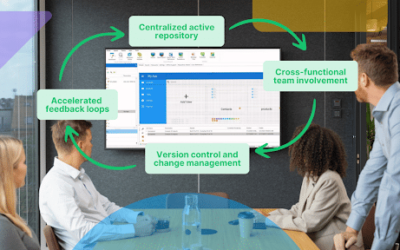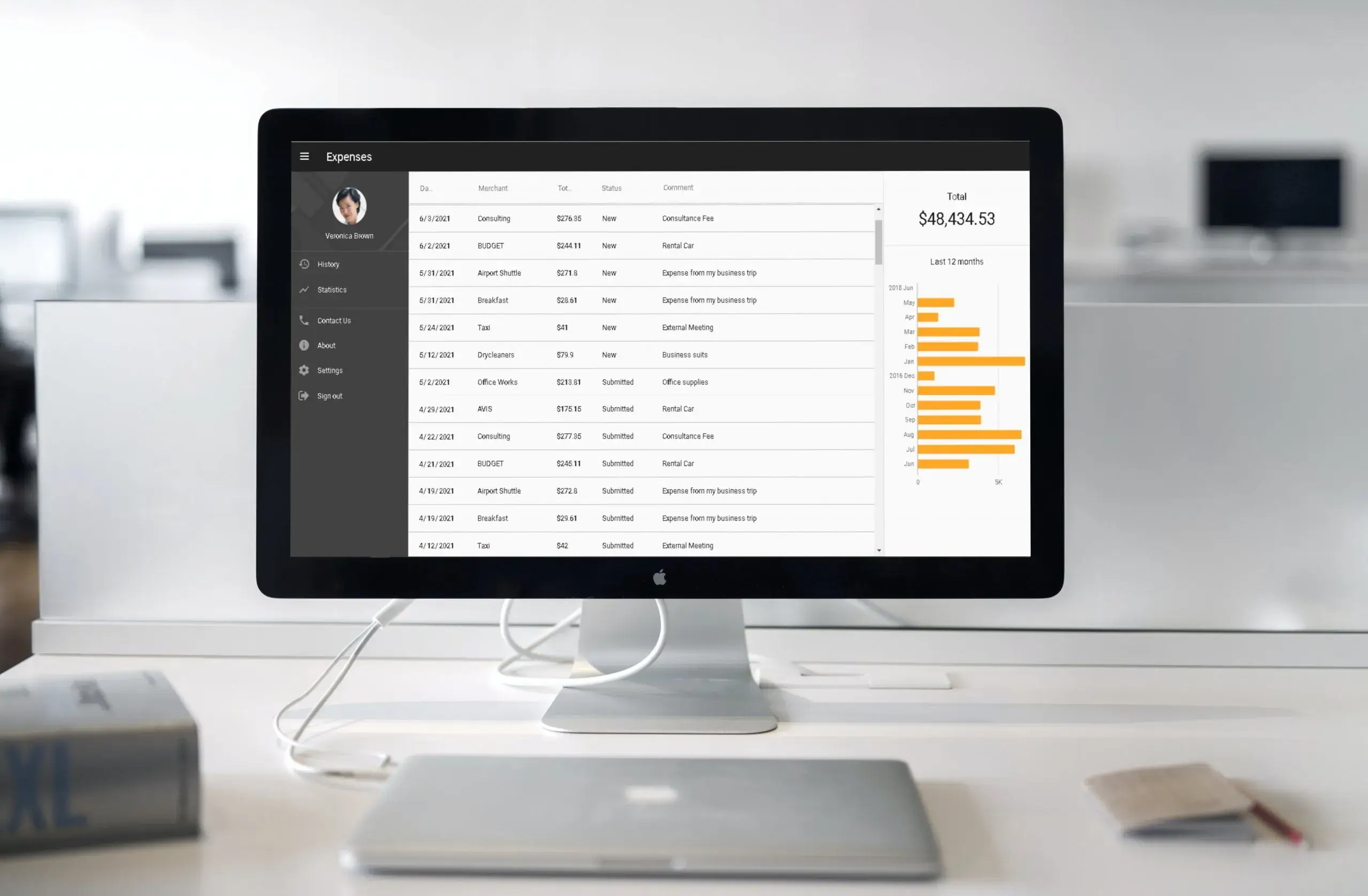Is it fair for the IT department to be characterized as the department known for always saying “No”?
Not really, because it’s simply not true. However, let’s not let the truth get in the way of a good story. IT gets a bad rap because they want to do the right thing. Doing the right thing means looking at every aspect of a new system or a system change, to make sure it will work as intended and deliver what’s expected. IT understands the pressures users are under and their desire to just want to get on with their work, however in reverse, users don’t always understand the pressures IT is under and knock-on effects of even a small change.
However, it’s the largest changes that can make the strongest impression. Designing, building and delivering new applications to drive the business forward is where IT is most impactful. For some, choosing an off-the-shelf application and tailoring it to the needs of the business will suffice. For others, the uniqueness of their business process or their need for innovation to drive competitive edge will mean custom development of their own software applications.
Developing software is hard.
It’s complex and difficult. It takes a long time and uses many expensive people and resources. The impact of getting it right (or wrong) can have a hugely positive (or negative) effect on the business overall. When the IT department is able to deliver software applications for the business, it will spawn the need for more and better systems. With the difficulties involved in producing software, that’s inevitability going to lead to backlogs and delays. So, what do you do about it?
Enter low-code software development. Low-code is about building software with less code, delivering it faster, using fewer resources and spending less to develop it. That’s why the low-code market is generating so much interest right now. As low-code tools evolve, we’re seeing the low-code market fragment into different tools to meet different needs:
- tools for citizen developers to use to build their own departmental apps
- enterprise tools for IT to build heavy-duty applications that require integration, complex deployment, and ease of maintenance and scalability.
Citizen developer tools are often seen as a way for departments to get around the IT application backlog by building apps for themselves. They can play a useful role.
Enterprise low-code tools have a different set of needs to address.
These include:
- fast time-to-market for software development
- web, mobile, cloud, and cross-platform support
- increased developer productivity
- complex logic and process requirements
- maintenance and ongoing development capabilities
- integration with new and legacy systems
- database and platform independence
- deployment and DevOps capabilities
- conformance with corporate standards and security rules
The most important of all of these is the need for speed. The ability of low-code to deliver applications between 3-10 times faster than traditional development approaches is what really makes the difference. When IT can deliver the apps business needs at that speed, it can start to tackle the application backlog. Beware though; success breeds success and when applications that work well are delivered more quickly, the demand for new apps will only increase. But that is good news for the business. Smart apps delivered fast, will drive new business and the efficiencies that the Board dream of.
LANSA’s enterprise low-code platform, Visual LANSA, focuses on every aspect of the development process and brings specific capabilities to address the needs listed above. These include:
- enabling developers to become full-stack developers (and thereby massively boosting their productivity) by giving them tools that allow them to build the front-end, back-end and database elements for desktop, web and mobile apps. One developer can build what it would otherwise take three developers with multiple skills to create.
- a single development environment to build every element of an application. Other tools may force you to drop out of the IDE and develop externally when they hit limitations the tool does not address. LANSA doesn’t.
- a Business Rules Engine that allows the central maintenance and update of rules and validations so that when a rule changes centrally, every application that uses it gets automatically updated. This makes application maintenance much easier.
- abstracting the underlying technology so that developers can work closer to the business and not have to learn several other web languages, frameworks, and plugins nor worry about them when they change.
- incorporation of material design components to build attractive and consistent UI and UX.
- integration with Git and GitHub for source-code management and one-click deployment images.
It’s the ability to deliver the apps the business needs faster, that will finally change the perception that business has of IT and once again allow them to be known as the department that says “Yes”.


























